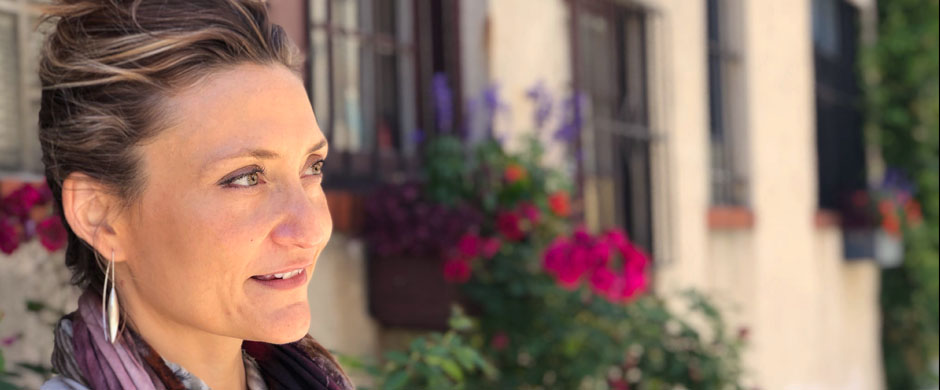I am a historian of African art and architecture who focuses on circulation, empire, and globalization. While my teaching spans comparative and transhistorical perspectives, my research is rooted in interrogating the multifaceted dimensions of modernity in African contexts. My primary research site is maritime East Africa, involving fieldwork and archival study for over twenty years in Kenya and Tanzania, including Nairobi, Dar es Salaam, Mombasa, Lamu, and Zanzibar. I focus on oceans and coastlines because they challenge received ideas about the nature of cultural boundaries and identity.
I am committed to developing the field of Indian Ocean art history—with Africa at its center. My latest book, The Surface of Things: A History of Photography from the Swahili Coast (Princeton University Press, 2024), repositions the continent’s islands and archipelagos at the center of global photographic histories. I see photographs not as static images but as mobile, shape-shifting objects. Featuring over 200 previously unpublished photographs, the book highlights Afro-Asian encounters and shows how photography is a force of both oppression and freedom in the African Indian Ocean world.
My first book, Swahili Port Cities: The Architecture of Elsewhere (Indiana University Press, 2016), investigates the contested meanings and afterlives of coral-stone houses and mosques. It presents ports as porous sites where itinerant practices of belonging challenge the racialized logic of colonialism and the nation-state. The book also examines the politics of interior ornament and the relationship between material culture and slavery in Indian Ocean world.
My work on photography and architecture is complemented by research about other media, which addresses fundamental questions about the agency of both people and objects in the context of Indian Ocean trade and travel. I have written on a range of related topics, including early modern funerary monuments as landscapes of devotion, as well as the significance of Asian trade ceramics to Islamic culture in Africa. I have also published on postcolonial infrastructure, modern architecture, and the formation of African art history as a discipline.
My current research considers the aesthetic and cultural dimensions of trade, transportation, and consumption. I am working on a new project, tentatively titled “African Ivory in Motion: Atlantic and Indian Ocean Crossings,” which presents a series of object biographies related to the “ivory revolutions” of the nineteenth century. The second project, with architectural historian Dr. Kenny Cupers, is an urban history of Nairobi that maps the emergence of new spaces of leisure and counter-cultural experimentation during the immediate postcolonial period. Additionally, I am a contributor to an interdisciplinary project about the tensions between indigeneity, infrastructure, and Islam in coastal Kenya.
As a co-principal investigator of the Getty-funded Indian Ocean Exchanges program, led by Dr. Nancy Um at the Getty Research Institute, I collaborated with a diverse group of scholars, students, and heritage professionals to build academic connections throughout the Indian Ocean region. Running from 2021 to 2023, the initiative prioritized mentoring emerging researchers and supporting partnerships.
I have curated exhibitions such as African Art and the Shape of Time (2012), with Dr. Raymond Silverman and World on the Horizon: Swahili Arts across the Indian Ocean (2017–18), with Dr. Allyson Purpura. The latter was supported by two NEH grants, traveled from the Krannert Art Museum to UCLA’s Fowler Museum and the Smithsonian’s National Museum of African Art. It featured over 150 objects and architectural fragments from collections in Africa, Asia, North America, and Europe.
I have held fellowships at the Center for Advanced Study in the Visual Arts, the Clark Art Institute, the Society for the Humanities at Cornell University, and Johns Hopkins University. Before joining NYU, I taught at the University of Illinois Urbana-Champaign and Wayne State University.








